This guide covers DIY faucet repair solutions for common issues like leaks and hard water buildup. It recommends keeping basic tools and spare parts for quick fixes. For complex problems like damaged internal parts or pipe damage, professional assistance is advised. Regular maintenance, including tightening connections and monitoring cartridges, prevents costly repairs. Persistent issues require immediate attention from plumbers to avoid further complications.
Need same-day faucet repair? Common issues like leaky faucets, loose handles, and hard water buildup can be tackled with the right tools and know-how. Identify quick fixes for frequent problems using this guide. Learn which tools you need for efficient DIY repairs. Discover step-by-step instructions for fixing leaking faucets and replacing cartridges easily. Additionally, explore preventive measures to avoid future plumbing headaches. Know when to call in professionals for complex issues. Get expert tips on faucet repair right at your fingertips.
Common Faucet Issues: Identifying Quick Fixes
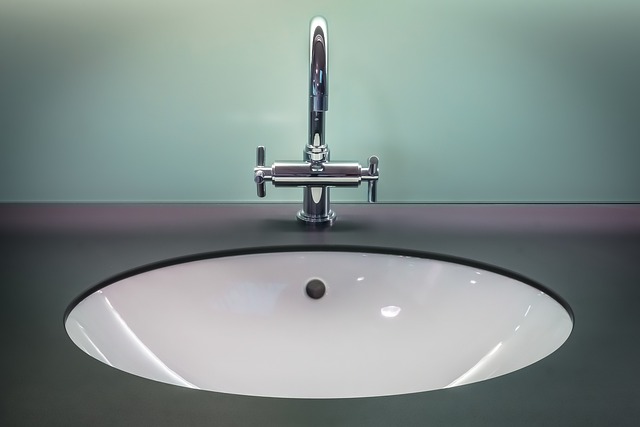
Many common faucet issues can be easily identified and quickly fixed at home without needing a professional plumber. Some of the most frequent problems include leaky faucets, where a simple replacement of worn-out O-rings or washer cartridges can stop the dripping; blocked or clogged aerators that can be cleaned or replaced to restore water flow; and broken or misaligned faucet handles that may just need tightening or adjusting.
For more complex issues like persistent leaks due to damaged internal parts, faulty pressure regulators, or even pipe damage, it’s advisable to consult a professional plumber. Prompt action on these issues not only saves water but also prevents further damage and potential costly repairs down the line. Keep basic tools and spare parts handy for quick faucet repair jobs, enabling you to maintain your plumbing system effectively.
Tools Needed for Same-Day Repair
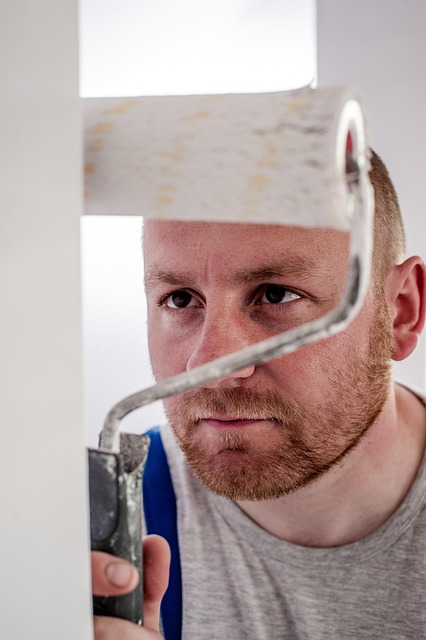
When tackling a same-day faucet repair, having the right tools on hand is essential for a swift and successful fix. Basic plumbing tools like adjustable wrenches, pliers, and a set of screwdrivers are must-haves. These allow you to loosen and remove any rusted or damaged parts, such as faulty O-rings, cartridges, or aerators. Additionally, a pressure gauge can help identify leaks and ensure the repair is effective.
For more complex repairs involving valve replacements or extensive pipe work, specialized tools like pipe cutters, thread tape, and teflon tape are beneficial. These tools facilitate precise measurements and secure connections, minimizing water leakage after the repair. Remember to also have a supply of faucet parts specifically designed for your model, readily available to streamline the replacement process during the same-day repair.
Step-by-Step Guide to Leaking Faucets

If your faucet is leaking, don’t panic; a simple DIY repair can often fix the issue. Here’s a step-by-step guide to help you tackle a leaking faucet. Start by turning off the water supply to your faucet under the sink. This is typically done by closing the shut-off valves located behind or below the faucet. Next, gather the necessary tools: a wrench or pliers for loosening the faulty parts, and possibly some replacement washers or O-rings if the leak is due to worn-out seals.
Once prepared, remove the faucet handle and inspect the inner components. The main culprit for leaks is usually the cartridge or the washer/O-ring assembly. If it’s the cartridge, you may need to replace it entirely; this process varies by model but often involves unscrewing the old cartridge and installing a new one. For a leaking washer or O-ring, simply replace the worn parts with new ones. After installation, turn on the water supply and test your faucet to ensure the leak has been successfully stopped.
Tighten That Loosen Handle Quickly

If your faucet’s handle is loose and leaking, don’t panic! This is a common issue that can be easily fixed with just a few simple tools. First, gather an adjustable wrench or pliers to safely grip the handle and a new washer if you suspect that’s the source of the leak. Then, turn off the water supply under the sink using the shut-off valves located on either side of the faucet. With the water turned off, it’s time to tighten the loose handle. Use your tool to gently but firmly grasp the handle and give it a good twist in a counterclockwise direction until it’s securely in place. Check for any leaks after tightening to ensure the repair was successful.
Remember, quick action on a leaky faucet can save you from potential water damage and unnecessary bills. Regular maintenance and simple repairs like this one are essential aspects of keeping your home in top condition. So, don’t wait until the drip becomes a flood—equip yourself with basic plumbing knowledge and tools to tackle these small but significant fixes.
Cartridge Replacement: A Simple Process
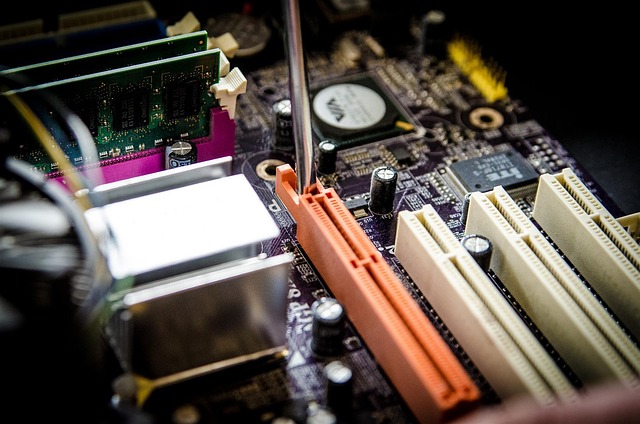
Faucet repair doesn’t get much simpler than cartridge replacement, a process that’s often the go-to solution for leaky or malfunctioning faucets. This quick and relatively easy DIY project involves accessing the inner mechanism of your faucet, typically located beneath the handle, where a replaceable cartridge controls water flow. By swapping out this component, you can fix issues like low water pressure, erratic temperature control, or persistent leaks without having to replace the entire faucet assembly. With just a few basic tools and a replacement cartridge, most homeowners can complete the job in under an hour.
Addressing Hard Water Buildup Problems
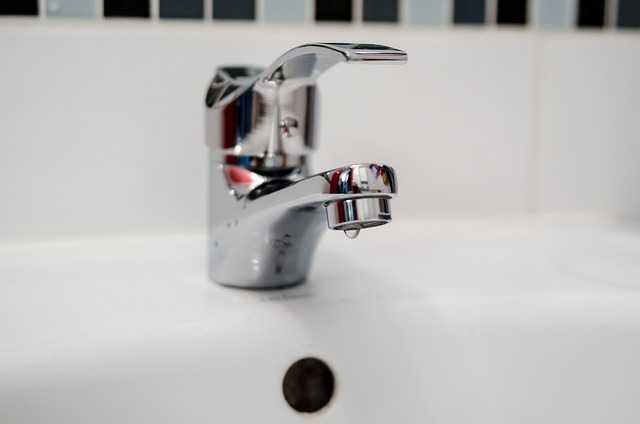
Hard water buildup is a common issue that can lead to clogged aerators and reduced water flow, requiring prompt faucet repair. To prevent this, regular maintenance is key. Regularly cleaning your faucet’s aerator with a soft-bristled brush or vinegar can help remove mineral deposits.
If hard water has already caused significant damage, a professional faucet repair service may be necessary. They have the tools and expertise to thoroughly clean or replace affected parts, ensuring optimal water flow and longevity of your faucet.
Preventive Measures for Future Repairs
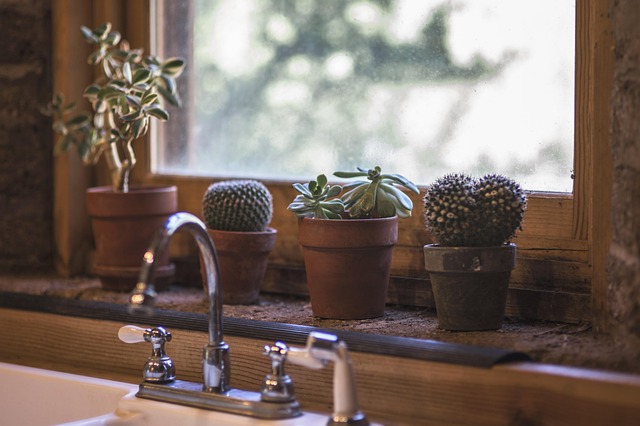
Regular maintenance is key to preventing future faucet repairs. Start by checking your faucets for any signs of leaks or unusual noises on a weekly basis. Even a slight drip can lead to significant water waste over time, so addressing it promptly is essential. Simple tasks like tightening loose connections and replacing worn-out washer rings can often stave off more complicated repairs.
Additionally, keeping an eye on the faucet’s components, such as the cartridge or valve seats, can help you catch potential issues early. Many hardware stores offer affordable replacement parts for common faucet problems, making it easy to perform DIY repairs. Regular maintenance not only saves money but also ensures your faucets remain in top condition, providing years of trouble-free use.
When to Call in the Plumbing Professionals

If your faucet is leaking, dribbling, or making strange noises, it might be time to call in the plumbing professionals for same-day faucet repair. While minor issues like loose handles or clogged aerators can often be fixed with simple DIY methods, persistent problems could indicate deeper structural damage that requires expert knowledge and tools. Regular maintenance checks can prevent these unforeseen issues, but when faucet repairs become urgent or complex, don’t delay—prompt action is key to avoiding further complications and potential water waste.
Call a plumber if you notice sudden changes in water pressure, excessive dripping after repairs, or signs of corrosion around the base of the faucet. These could be red flags indicating larger plumbing issues that need immediate attention. A professional will have the expertise to diagnose and fix these problems, ensuring your faucets function optimally and efficiently, saving you from costly repairs down the line.
